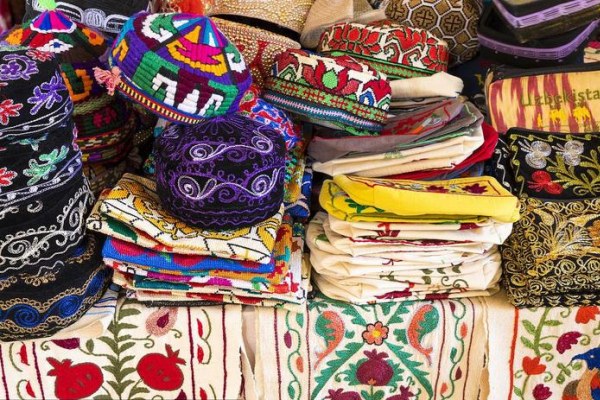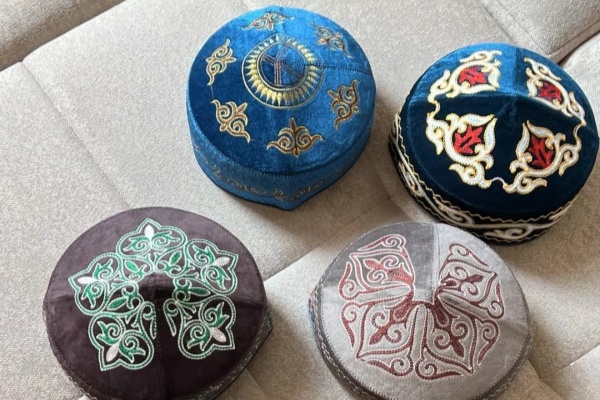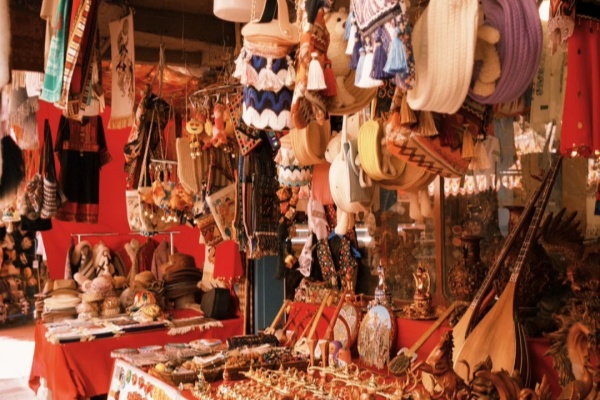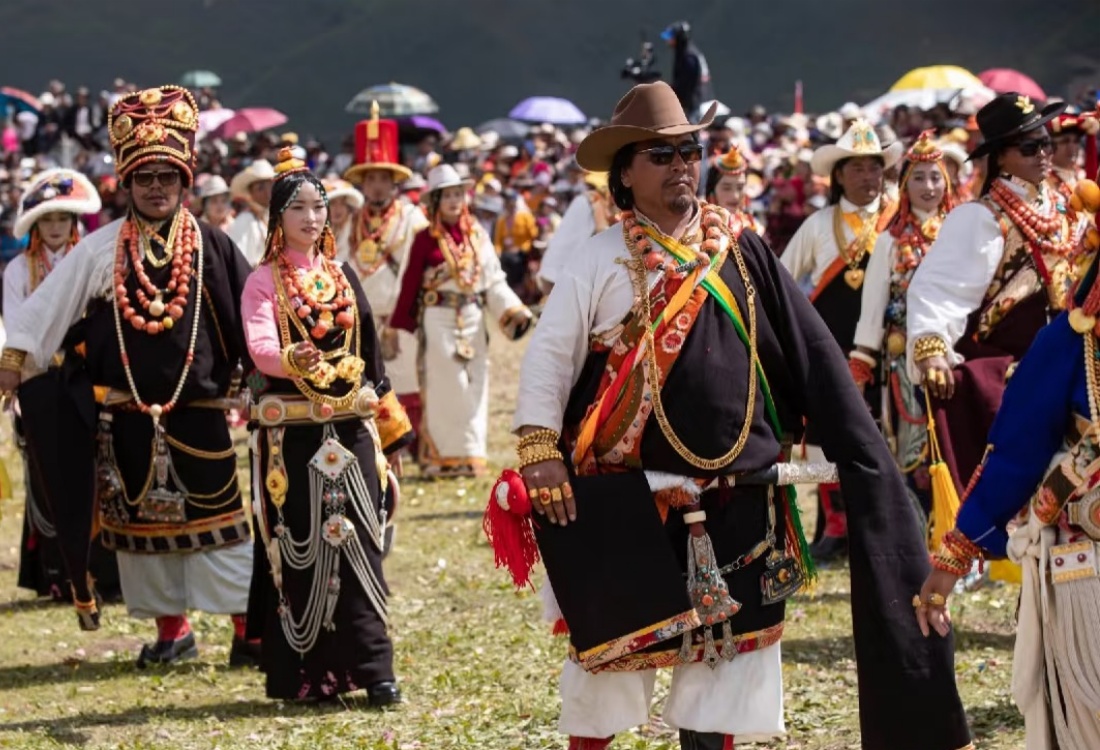Table of Contents
ToggleKashgar, a bustling city in western China, is one of the most important stops along the Silk Road. Known for its rich cultural heritage and diverse ethnic groups, Kashgar is home to the Uighur people, who have a long tradition of unique fashion. One of the most iconic items in Kashgar’s fashion scene is the Uzbek hat, a symbol of the region’s cultural blend and a must-have accessory for many locals.
The Tradition of Uzbek Hats
Uzbek hats, also known as tubeteika, have been a key part of Central Asian clothing culture for centuries. Traditionally worn by both men and women, these hats are famous for their intricate designs and rich colours. Each hat style has its own unique meaning and purpose.
In Kashgar, these hats hold more than just fashion value. They are symbols of identity, tradition, and pride. The detailed embroidery and patterns often represent the wearer’s region, tribe, or family. Additionally, Uzbek hats are essential elements of many cultural celebrations, such as weddings and festivals.

The Designs and Materials
Uzbek hats are made from a variety of materials, including wool, cotton, and silk. The most famous are those made from felt, which are often embroidered with bright geometric patterns or floral designs. The hats are usually round and fit snugly on the head, with a soft yet durable structure that makes them perfect for both hot summers and cooler winters.
Embroidery
One of the most striking features of the Uzbek hats is their embroidery. The intricate designs can include everything from floral motifs to symbolic patterns representing the wearer’s cultural heritage.
Colours
The colour choices for these hats are rich and vibrant, with deep reds, blues, and greens commonly used. These colours are not only beautiful but also carry symbolic meanings. For example, red is often associated with good fortune, while green is considered a colour of peace.
Shape and Fit
The hats are usually circular, but some styles have a slightly taller or more pointed shape. The design is crafted to fit the head comfortably, allowing for all-day wear.

Why Wear an Uzbek Hat?
Cultural Significance
In Kashgar, wearing an Uzbek hat is a way of connecting with the past and honouring cultural traditions. The hats are worn daily, and in many cases, they serve as a sign of respect for the heritage of the Silk Road.
Festivals and Celebrations
Uzbek hats play a crucial role in traditional festivals and ceremonies. Whether at a wedding, a religious gathering, or a cultural event, these hats are often part of the ceremonial attire, symbolising the importance of the occasion.
Fashion Statement
Beyond their cultural significance, Uzbek hats have become a stylish addition to modern fashion. Many visitors to Kashgar purchase them as souvenirs, appreciating the unique craftsmanship and timeless design.
Where to Find Uzbek Hats in Kashgar?
If you’re planning a trip to Kashgar, make sure to visit the bustling bazaars where local artisans and vendors sell their handmade Uzbek hats. The Sunday Market in Kashgar is one of the best places to find these hats. Here, you can speak to the sellers, learn about the history of the hats, and perhaps even purchase a custom-made one that fits perfectly with your style.

Uzbek hats are an iconic piece of Silk Road fashion, and in Kashgar, they represent more than just a piece of clothing. They are a symbol of the region’s rich cultural heritage, craftsmanship, and tradition. Whether you’re exploring the local markets or attending a festive celebration, an Uzbek hat is the perfect way to connect with the history of this vibrant region and take home a piece of its unique style.









